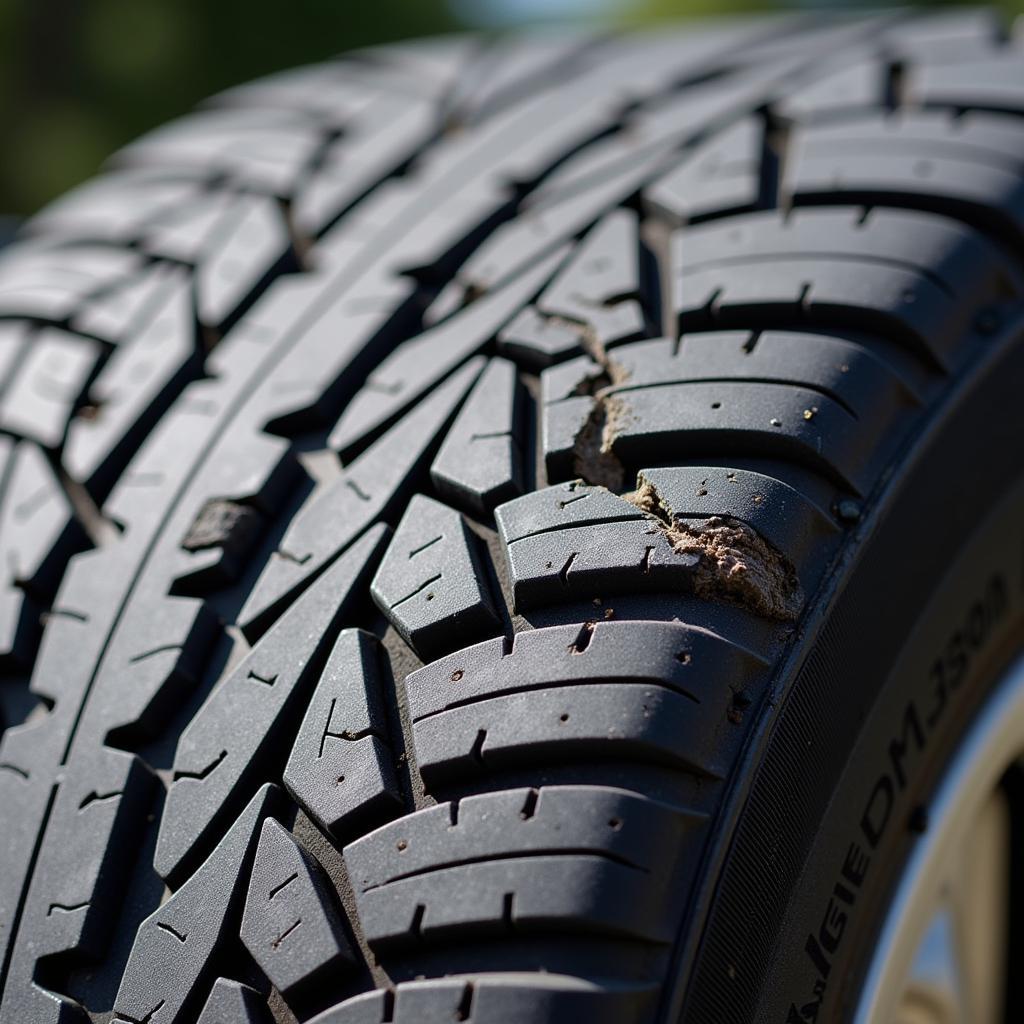When your car starts acting up, it can be frustrating and stressful. Whether you’re a seasoned car owner or a novice, understanding the basics of car maintenance and repair can save you time, money, and a whole lot of headaches. In this comprehensive guide, we’ll delve into the common issues you might encounter, providing practical solutions and expert advice to get your vehicle back on the road smoothly.
Understanding the Warning Signs:
The first step to fixing your car is identifying the problem. Often, your car will give you warning signs before a serious issue arises. Be attentive to these signals:
- Strange noises: Unusual sounds, like grinding, clunking, or whistling, could indicate problems with your engine, brakes, or transmission.
- Check engine light: A flashing or steady check engine light indicates a problem with your engine’s computer system. You’ll need to get it diagnosed to understand the specific issue.
- Fluid leaks: Leaks under your car could be signs of a problem with your engine oil, transmission fluid, coolant, or brake fluid.
- Performance issues: If your car is stalling, losing power, or experiencing rough acceleration, it’s a sign of a potential mechanical problem.
Common Car Problems and How to Fix Them:
1. Battery Problems:
A dead battery is a common culprit for car trouble.
- Signs: Your car won’t start, the lights are dim, or the engine cranks slowly.
- Causes: A battery can die due to age, extreme temperatures, or a parasitic drain.
- Solution: Jump-start your car using another vehicle’s battery. If the battery is old, replace it.
2. Tire Issues:
Tire problems can be a safety hazard.
- Signs: Uneven tire wear, a flat tire, or a tire with a slow leak.
- Causes: Underinflation, overinflation, worn tread, or damage from road debris.
- Solution: Check your tire pressure regularly and inflate to the recommended PSI (found in your car’s manual or on the driver’s side door jamb). If a tire is flat or damaged, replace it.
 Worn Car Tire Tread
Worn Car Tire Tread
3. Brake Problems:
Faulty brakes can be dangerous.
- Signs: Squealing or grinding noises when braking, spongy brake pedal, or the car pulling to one side when braking.
- Causes: Worn brake pads, low brake fluid, or a problem with the brake calipers.
- Solution: Replace worn brake pads or rotors. Top off the brake fluid if necessary. Have your brake system inspected by a professional mechanic.
4. Engine Problems:
Engine problems can be complex and expensive to fix.
- Signs: Check engine light, loss of power, rough idling, smoking, or strange noises from the engine.
- Causes: A variety of factors, including faulty spark plugs, worn engine belts, clogged air filters, and problems with the fuel injectors.
- Solution: Get your engine diagnosed by a qualified mechanic. Address the specific issue based on the diagnosis.
5. Air Conditioning Problems:
A broken air conditioner can make driving uncomfortable.
- Signs: No cold air, weak airflow, strange noises from the air conditioner, or a refrigerant leak.
- Causes: Low refrigerant, a faulty compressor, a clogged air filter, or a problem with the fan.
- Solution: Have your AC system inspected and recharged with refrigerant. If the compressor or other components are faulty, they will need to be replaced.
Troubleshooting Tips:
“The most common mistake people make is assuming they need to go straight to a mechanic,” says Mark Peterson, a seasoned automotive technician. “Often, you can troubleshoot the problem yourself and save money.”
Here are some helpful tips for common car problems:
- Check the owner’s manual: The owner’s manual provides a wealth of information on your specific car, including troubleshooting tips and maintenance schedules.
- Use a diagnostic tool: A code reader can help you identify the issue with your car’s computer system. You can purchase a code reader online or at an auto parts store.
- Inspect your car regularly: Conduct a visual inspection of your car’s fluids, belts, hoses, and other components to identify any signs of problems.
- Learn basic car maintenance: Knowing how to change your oil, check your fluids, and replace air filters can save you money and prevent bigger problems down the road.
Seeking Professional Help:
While you can address many car issues yourself, some problems require the expertise of a qualified mechanic.
- Signs you need to see a mechanic: Your check engine light is on and you can’t diagnose the problem, your car is making strange noises or experiencing a loss of power, your brakes feel spongy or make unusual sounds, or you have a major fluid leak.
- Choosing a mechanic: Look for a mechanic with experience, certifications, and good customer reviews. Get multiple quotes before committing to repairs.
FAQs:
Q: How often should I get an oil change?
A: Oil changes should be done every 3,000 to 5,000 miles, or as recommended by your car’s owner’s manual.
Q: What is the best way to prevent car problems?
A: Regular maintenance, including oil changes, tire rotations, brake inspections, and fluid checks, can help prevent major issues.
Q: How can I save money on car repairs?
A: Get multiple quotes, consider using aftermarket parts, and ask for discounts or special offers.
Remember, taking care of your car is essential for a safe and enjoyable driving experience. By understanding the warning signs, learning basic maintenance procedures, and seeking professional help when necessary, you can keep your car running smoothly for years to come.
For additional support and advice, contact us at +1 (641) 206-8880 or visit our office at 500 N St Mary’s St, San Antonio, TX 78205, United States.






Leave a Reply